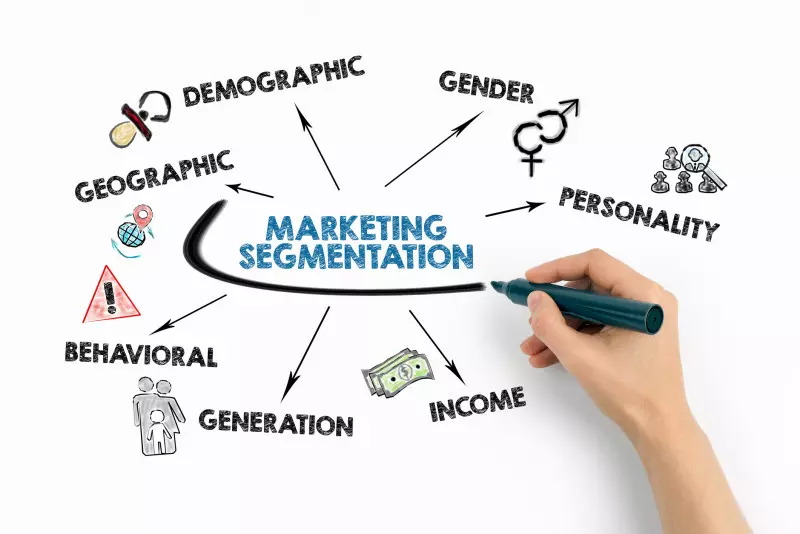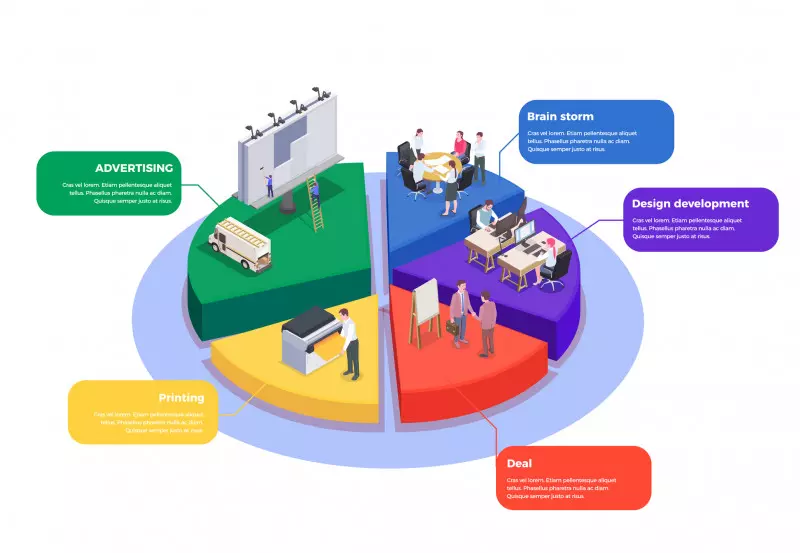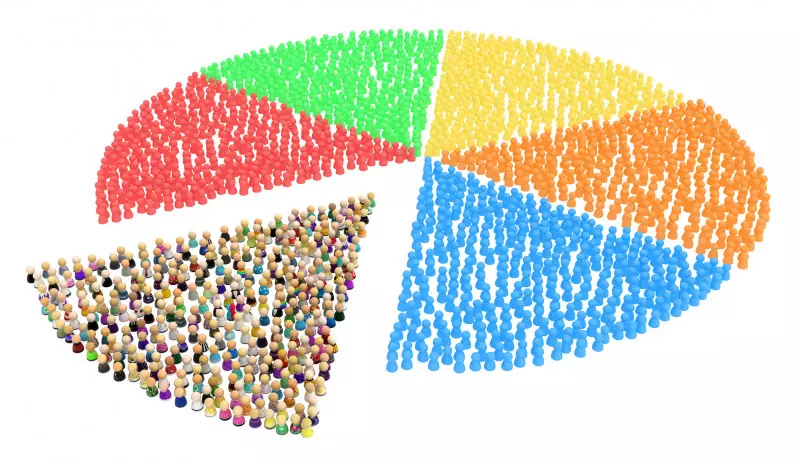While you might think the terms demographic vs psychographic are somewhat interchangeable, the reality is they are quite different.
Data obtained from demographics is considered quantitative data, while data obtained from psychographics is considered qualitative data. Basically, demographics might reveal who your customers are, but it’s only with psychographics can you begin to understand why they behave the way they do and buy things that they buy.

Market Segmentation Types
Market segmentation is the process in which you divide a target market into smaller categories based on their characteristics and features. The goal is to group together the target audience with similar interests, locations, requirements, or demographics.
Market segmentation makes the process of marketing and achieving business goals easier and more focused. You can determine the most valuable group of a target audience and create focused marketing strategies for that category, using your resources more efficiently.
With marketing segmentation, you can understand your customers, identify their needs and wants, and can better market your product or service to them based on this information. There are four main market segmentation types: Geographic, Demographic, Psychographic, and Behavioral segmentation.

So, What’s the Difference Between Demographics and Psychographics?
The short answer is one is simply stats and data about a group of people and who they are. The other offers more subjective insights that allow you to gain a deeper understanding of those people.
Demographic Segmentation
Demographic segmentation is a segment of people that refers to factual and statistical data about that people group. It’s one of the most commonly used types of market segmentation, used both in the B2C (Business-to-Consumer) and B2B (Business-to-Business) sectors.
Demographic segmentation utilizes personal data such as gender, income, age, location, education, ethnicity, and more to group together similar people. These factors are especially helpful for B2C audiences as it can help businesses identify and reach their target audience.
In the B2B space, factors such as industry, job function, and company size may be used to determine a target audience. Demographic data can be easily gained through market research websites. Demographic segmentation provides a generalized categorization of an audience, whereas psychographic segmentation provides more personalized data.

Example of Demographic Segmentation
To better understand the concept, consider a high-end, luxury car manufacturer company that requires demographic data to identify and determine their target audience. They would require the income demographic of their audience pool in order to determine those people that earn enough income to afford a luxury car.

Psychographic Segmentation
Where demographic data is factual, psychographic segmentation leans more toward the human side of things. This type of segmentation divides an audience into different categories based on their personality and personal characteristics.
Psychographic segmentation provides insight into a buyers mind and identifies their motivations behind buying or not buying a product or service. Some of those factors can be personality traits, lifestyle, conscious and subconscious beliefs, values, priorities, motivations, attitudes, and psychological influences.
As you can imagine, this data is far from factual and may differ from person to person. For this reason, it’s harder to gather this information and requires more thorough research. Psychographic segmentation can be used for both B2B and B2C audiences.

Example of Psychographic Segmentation
Let’s take the lifestyle analysis factor of psychographic segmentation. Lifestyle is comprised of the audience’s daily routines, occupations, and way of living. For example, a person working a full-time job (occupation) will have a very busy schedule (daily routine), and a fast paced life with little downtime (way of living).
Meanwhile, a person working part-time, or not working at all (occupation) will have a free schedule (daily routine) and a lot more time for hobbies and leisure activities (way of living). This lifestyle analysis can give an insight into the consumer’s life and determine which products or services should be marketed to them.

Is One Segmentation Style Better Than Another?
Not really. Although both types of segmentation have their own uses and are valuable on their own, employing both demographic and psychographic segmentation can increase your chances of reaching your target audience exponentially. When you understand the differences, demographics and psychographics can be used together to segment markets into more targeted people groups and ultimately make your marketing tactics more effective.













Leave a Comment
Comments (0)